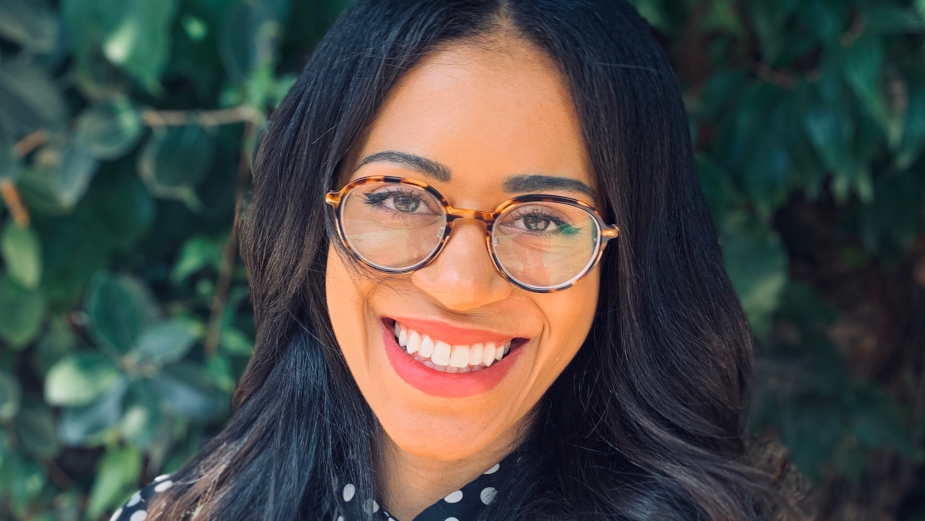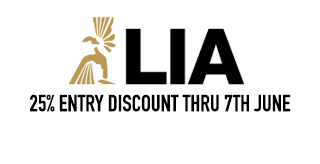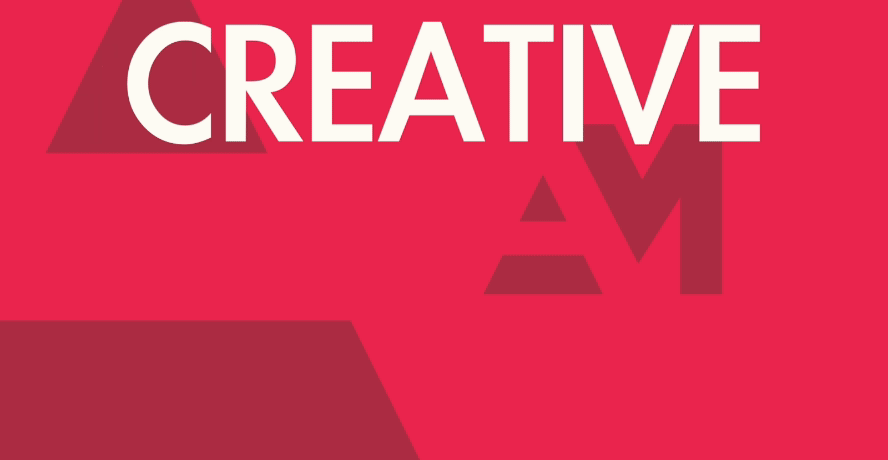
Planning for the Best: Michelle Spigner

Michelle Spigner has been working as a strategist for a decade, transforming business challenges into strategic ideas with power and punch. She has a passion for reimagining brand identities and crafting strategies that disrupt, break convention, and meet culture right at its tipping point. Michelle has led strategy for Chipotle, Frito-Lay, Hotwire.com, Westin Hotels, and several 3M brands. She is now a strategy director at TBWA\Chiat\Day LA on the Discover Financial Services account.
LBB> What do you think is the difference between a strategist and a planner? Is there one?
Michelle> It’s so funny how this debate pops up every few years. Here’s how I think about the two: strategists are planners, but planners are not necessarily strategists. The role of both is to bring the consumer into the room and answer ‘how’ - ‘how do we get to where we want to go from here?’ But strategists stretch beyond the scope of planners into a business, comms, measurement and analysis. Strategists are not just brief writers and consumer researchers but also drivers of marketing decisions.
LBB> And which description do you think suits the way you work best?
Michelle> Call me a strategist. While the planning process from the client brief to the creative briefing sometimes gives me goosebumps from excitement (nerdy, I know), I am very much a strategist. I love being a collaborator throughout the entire process, working through long-term business scenarios, campaign plans, and measurement studies.
LBB> We’re used to hearing about the best creative advertising campaigns, but what’s your favourite historic campaign from a strategic perspective? One that you feel demonstrates great strategy?
Michelle> The work I love most is from brands that play within tensions. They make friends with their enemies, lean into their vulnerabilities, or are brutally honest. Domino’s 'Pizza Turnaround' is one, Diesel’s 'Go with the Flaw' is another. But I’ll speak on a less-mentioned campaign - one that made me choose advertising as a career, Unilever's 'Dirt is Good' campaign for the Ala/Persil laundry brands.
After decades of making enemies of stains, the brand looked the problem straight in the eye and realised that problem wasn’t really a problem. With their detergents, dirt isn’t something to fear; actually, it’s pretty darn important for kids. The insight: Dirt is proof of a childhood well played.
My favourite ad from the campaign is an Argentinian anthem with kids repeatedly saying, 'Perdón, Mama,' sorry Mom, for getting dirty as they played. They describe in their own words the value of play - they aren’t just playing make-believe; they’re rescuing someone in distress, sticking up for their friends, and practicing bravery.
(Unfortunately, I can’t find a version with English subtitles, but the scenes demonstrate the power of play.)
LBB> When you’re turning a business brief into something that can inform an inspiring creative campaign, do you find the most useful resource to draw on?
Michelle> Deck of Brilliance. It’s a site developed by creatives Juggi Ramakrishnan and Todd McCracken, and lists 52 different creative approaches ad folks can use to crack a brief. It breaks down how to tell a story that solves a problem and lands a message. I love to borrow these tools to move strategy from the cerebral to the practical or develop thought starters with questions like... Is this an instance where we need to humanise the product? Teach consumers something new? Or, take the audience backstage?
Another, cultural writers. They’re who I turn to when I’m trying to figure out how did the world get here. Megan Garber, Anne Helen Petersen, and Jia Tolentino are a few of my favourites. They write about everything from the rise of Sweetgreen to why matching mother/daughter dresses are making a comeback, demonstrating why that trend is bubbling up in this particular moment and the larger cultural shift it represents. They dissect what’s fascinating about even the mundane.
LBB> What part of your job/the strategic process do you enjoy the most?
Michelle> I enjoy the process of uncovering a great insight or determining the strategy for a brief - that couple of weeks or a couple of days (whatever I’ve got) between a client briefing and creative kick-off. I like to think of that process as writing the next chapter of a brand, asking questions like: What story has no one else in the category told? What story is at the tip of culture’s tongue? Or, what story didn’t consumers realise they wanted to hear? I’m fortunate enough to work at an agency whose strategic philosophy is grounded in developing ideas in anticipation of what’s to come, not what is. It’s an approach that creates ideas that Disrupt.
LBB> What strategic maxims, frameworks or principles do you find yourself going back to over and over again? Why are they so useful?
Michelle> I’ll mention two:
- I’m a fan of a good ‘ol get/to/by framework. It’s not the sexiest, but if a strategy can’t be stated that clearly, it’s too complicated. Not to mention, great strategy drives behaviour, which is why that ‘to’ bit is so important. ‘To’ transforms multiple objectives into a single, clear behavioural change we’re trying to drive in consumers’ lives.
- I also like to ask myself simple or obvious questions, when I’m tackling a client brief. Things like: Is this problem a real problem? Why would people care about this? How would I explain this brief to my mom? It’s easy to get so entrenched in marketing that we forget that our work needs to engage with real humans. So stepping back and turning off my marketing brain can uncover a new way in.
LBB> What sort of creatives do you like to work with? As a strategist, what do you want them to do with the information you give them?
Michelle> I like to work with creatives who are down to collaborate and offer an opinion on strategy. If something in a brief isn’t working, I want to hear it. Or better yet, let’s challenge and rework it together.
LBB> There’s a negative stereotype about strategy being used to validate creative ideas, rather than as a resource to inform them and make sure they’re effective. How do you make sure the agency gets this the right way round?
Michelle> A strategy must keep one of its key audiences in mind: the creative team. Yes, strategy can win pitches and win over clients, but at the end of the day, it's internal. If strategy cannot be translated into an equally powerful creative idea, it hasn't done its job. I’ve made that mistake early in my career. Getting to a strategy I loved but creatives thought was a dead-end and I had to learn to kill my most precious ideas. But I realised how great it is to craft strategy along with a CD and to think of strategy as a seed to plant in the creative’s mind and see how it grows. There’s nothing better than a team coming back with an even better idea than what you could anticipate.
LBB> What have you found to be the most important consideration in recruiting and nurturing strategic talent? And how has Covid changed the way you think about this?
Michelle> Understand the type of strategist they naturally are and help sharpen that inclination. When working with strategic talent, I want to understand our differences before our similarities. Do they come at a problem through a completely different approach? Then, I work to strengthen those natural talents and curiosities while arming them with the hard skills they need to tackle any project.
Working remotely, we lose that precious time of rolling up our sleeves and whiteboarding together, so it obscures the visibility into another’s strategic process. You have to make up for missing out on those observations.
LBB> In recent years it seems like effectiveness awards have grown in prestige and agencies have paid more attention to them. How do you think this has impacted on how strategists work and the way they are perceived?
Michelle> To me, great work isn’t just entertaining, it solves a problem and moves a brand’s business. So I love to see this! I think a focus on effectiveness helps validate our ideas as brand-building, business-impacting assets. And as a result, it’s shifting the way ad agencies are seen, from creative shops to true marketing partners. It motivates me to push not only for cool ideas, but powerful ones. Because that small gap between cool and powerful can make a real difference in the impact of the idea and how consumers receive them.
LBB> Do you have any frustrations with planning/strategy as a discipline?
Michelle> Not a frustration, but more of a craving. I’d love to see more small ideas. Those born from simple, product truths or quirky, observational insights. In the last decade, the discipline has leaned into purpose work, creating strategies that imbue brands and products with meaning. It’s led to iconic, industry-changing ideas. And I would not want to work in a field with no 'Real Beauty' or Colin Kaepernick x Nike. But I also see value in the power of small-yet-mighty insights.
Like this oldie, but goodie Starbucks ad with a simple insight: Doubleshot is a sip of ambition.
LBB> What advice would you give to anyone considering a career as a strategist/planner?
Michelle> Don’t abandon your hobbies. Keep doing all the fun, weird, random things you enjoy, they help prepare you for this work. Chasing your curiosities, engaging with diverse people, and exploring different modes of storytelling all feed your imagination and expose you to insights. You won’t realise there was an interesting observation lodged in your brain somewhere from your last D&D meet-up, but it’ll be relevant at some time, I promise. After all, we are in the ideas and insights profession and you make those connections through exposure to people and culture.













